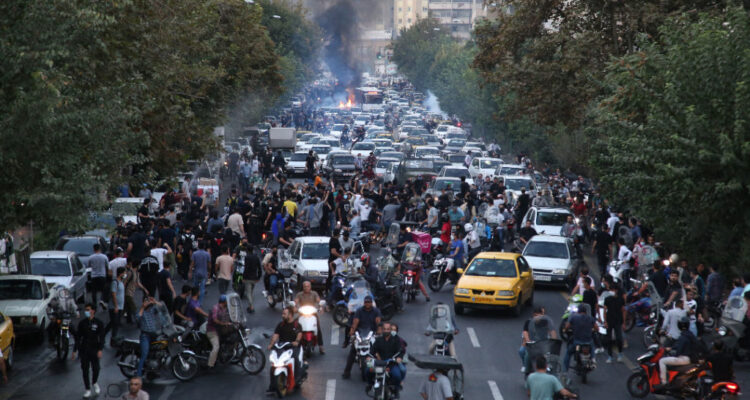Supreme Leader Ayatollah Ali Khamenei has blamed the West for fomenting the widespread unrest that has rocked Iran over the past few weeks. But his claim is no longer heeded. The ranks of the protestors have swelled despite the authorities’ forceful crackdown. The Islamic regime faces its worst legitimacy crisis since its advent in the wake of the revolution of 1978–79 that toppled the pro-Western autocracy of Mohammad Reza Shah.
The unrest started on 16 September following the death of 22-year-old Masha Amini in the custody of the morality police after she was arrested for not wearing her hijab properly. Amini hailed from Iran’s Kurdish minority. The regime claims that she died of a heart attack, but her family has vouched for her good health and held the morality police responsible for beating her to death. Many Iranian women have, in a largely unprecedented move, publicly burned their headwear, demanding freedom from theocratic dress-code impositions.
But Amini’s death has triggered much more than an anti-hijab protest. It has invoked deep-seated grievances on the part of many segments of Iranian society, stemming from poor governance, economic decline, social disparities, endemic corruption, clerical monopoly of power, and a lack of accountability and transparency. US sanctions, the Covid-19 pandemic and Iran’s costly involvement in support of a number of proxy forces (most prominently in Iraq, Syria, Lebanon and Yemen) have also taken their toll on the Iranian public, whose living conditions have been in no way commensurate with the potential of the country as an oil- and gas-rich state.
Read the article by Amin Saikal in The Strategist.

